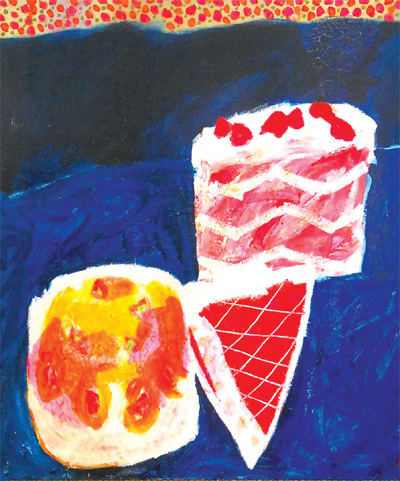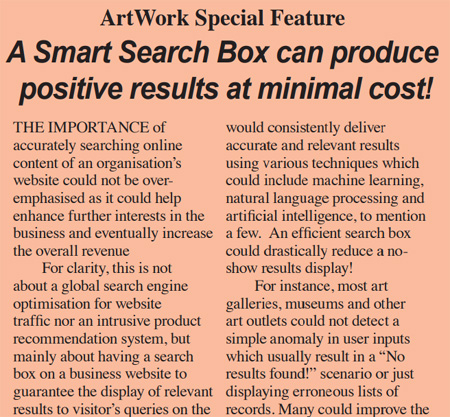
Maxwell Macleod – Last Words
THE RECENT death of the sculptress Fox Pitt has finally broken a surely unique family line of three commercially successful sculptors working in Scotland at the same time – grandmother, Janet, her daughter, Leonie Gibbs and granddaughter, Jeanie Gibbs.
The latter Jeanie, is best known for her equine statues and is based at Belladrum near Inverness where her Father Jo Gibbs established the August pop festival that annually attracts over twenty thousand guests and her brother Eion runs a bespoke carpentry business of some renown.
As recently as last October with Jeanie making several visits to her ailing grand mother in Fife she decided to branch out into creating busts in both Edinburgh and London and has quickly established a roaring business with bronze busts of Charles Maclean, the whisky guru, currently being cast by Farquhar Laing in his Nairn based Black Isle Foundry.
After only a few weeks she now has no fewer than three other commissions for heads currently in negotiation and hopes to do a head of Pip Hills, the founder of the Malt Whisky Society which now has over forty thousand members.
Jeanie, 27, was educated at Stow school and then last year narrowly missed a first class honours degree in history of art at Glasgow University, passing out with a two one. Very much committed to Scotland she relishes the Highlands and the family home near Inverness is a constant hubbub of arty conversation, painting, sculpture and carpentry all made the merrier by an unending flurry of dogs, visitors and horses whilst her Father plays site manager to a major project repurposing the stable block.
It's easy enough to be critical of the remnants of the Big Hoose culture but when you see it operating well, providing a pop festival and a huge amount of good art its hard to better it.
Maxwell MacLeod.





